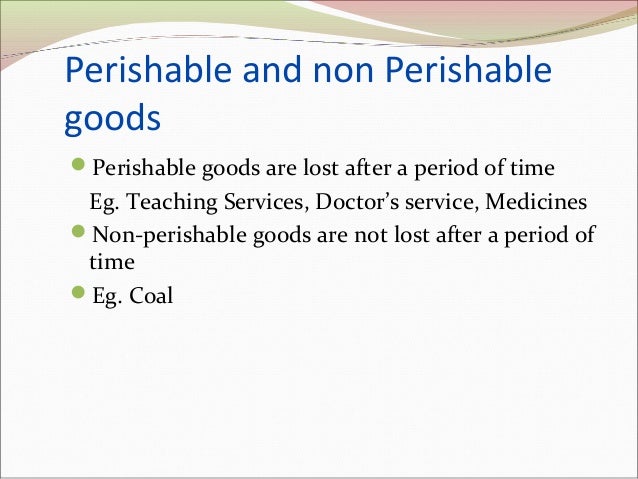

Insulated Packaging: These materials range from styrofoam to cardboard to aluminum foil blankets.When shipping internationally be aware that customs delays may mean perishable cargo is exposed to adverse temperatures for long periods.If you ship internationally, remember that delays at customs can mean that perishables may be exposed to adverse conditions.Clearly label and identify products as perishable.Have a chain of custody in place to ensure that your specific shipping instructions and regulations are followed.Make sure you stay compliant on your perishable shipping.
#Perishable definition trial#
Test and trial the best packing solutions and methods of transport for your needs.Use the correct temperature controlled packaging as recommended by an expert.Find and study best practices for packing and shipping the perishable products you transport.This means that they are less likely to be shipped by air. Frozen goods are usually stored at -18C(-0.4F) or below that, and that means the time of transport can be considerably longer. Most refrigerated, chilled and fresh produce is stored and transported at temperatures between -1.5C (29.3F) and +14(57.2F), which varies based on the product type. An important side not on temperature is that some products may not require refrigeration but may need protection from heat.

There are two important aspects of perishable shipping.
Pharmaceuticals, biological materials such as tissue samples etc. Asia to Europe is also flies a lot of fish. Intra-Asia is also an important lane dominated by fish. Africa to Europe flies in a high volume of flowers and is followed by vegetables and fruits. This is followed by fruits, flowers and vegetables flown to Europe. Large volumes of perishable flowers flown from South and Central America to North America. Products dependent on how fast and what temperature they arrive at require a special amount of care. They are most often for human consumption or have short shelf lives and are subject to the monitoring and regulation of government bodies. Perishable shipments are frequently shipped by air. In order to ship them successfully you’ll need to consider how they are stored, the time in transit and regulations and transport used. Perishable cargo examples include time and temperature sensitive commodities that require special accommodations to preserve freshness. Specific moisture or airtight packaging requirements or other special shipping requirements. Need to be kept frozen or they will melt. Become useless or spoil outside of their correct temperature zone. They have a combination of the following characteristics: Biological materials such as tissue samples etc. Non-refrigerated food items with short shelf life such as bread. Fresh food items such as produce and meat. The most common perishables are commodities that fall under the following categories:






 0 kommentar(er)
0 kommentar(er)
